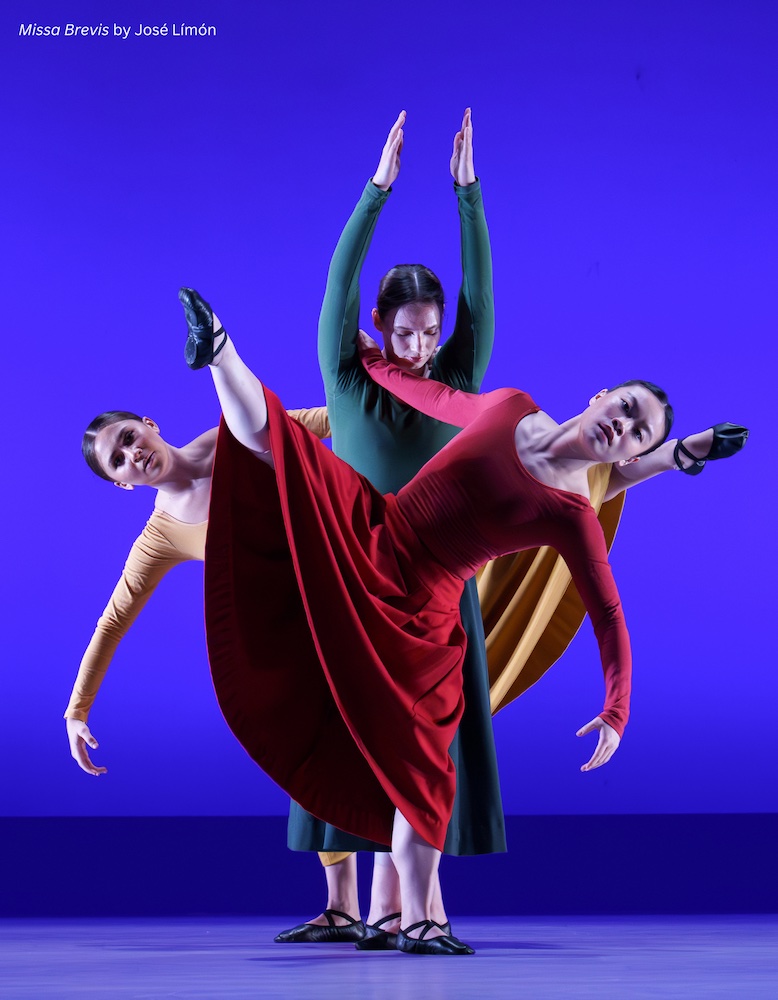Dancing Through the Realms

UCSB Dance Company, the ensemble that changes every year as it’s composed of senior dance majors, once again has no male members. But rather than deciding to double down again by creating a program with all female choreographers as in 2023, director Delila Moseley instead chose to diversify. In Different Realms… el arte perdura, which will be performed March 15-16 at Hatlen Theater on campus, features works by choreographers from a wide spectrum of the dance world, representing Moseley’s own desire.
“I love all forms of dance,” she said. “They all have equal value to me no matter what form the choreographer is using. It took me a long time to come up with the title, but the idea is that in different realms, the art is what bridges the divide.”
The el arte perdura, which means “the art endures,” came from one of the choreographers, Cihtli Ocampo, a dance lecturer at UCSB, whose Pasos (Steps), represents the “exploration of the journey from the ties of home, family, and tradition as restless travelers inch their way towards their destiny.” That’s in keeping with the dance concert’s greater theme of expanding on the “Border Crossing” exhibition and arts symposium that has been on campus since January.
The new works include guest artist Natasha Adorlee, a first-generation Asian American. She is restaging her piece MOMODA (Kiss, Kiss), which was created for Joffrey Ballet Winning Works Competition 2023. Associate Professor Monique Meunier, who danced with New York City Ballet, American Ballet Theater, and Complexions Contemporary Ballet, choreographed Feux Follets. Still Photos: ReCollections of Georgia O’Keefe, which is inspired by photos of the painter Georgia O’Keefe, was choreographed by Betty Walberg back in 1987 for Tonia Shimin, who has now re-staged the solo piece for the company. Two works by Legacy Choreographer José Limón also continue the Border Crossings: Voices of Exile and Hope exhibition.
“One of the criteria for inviting people to do a piece was to incorporate some element of the border crossing theme, either physically or socially,” Moseley said. “So they’re about actually migrating, or crossing borders from classical to contemporary ballet, or stretching emotional and societal borders.”
The latter refers to a re-staging of Santa Barbara Dance Theater Brandon Whited’s Miles to Go – that confronts the discrimination that the LGBTQ community faces – which was choreographed for two men and premiered last fall.
“We had two apprentices who worked very hard understudying that concert, and they loved the piece, and asked if we could include it on this program in a female version,” Moseley said. “The women are equal in their physicality.”







You must be logged in to post a comment.